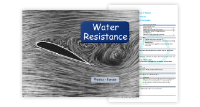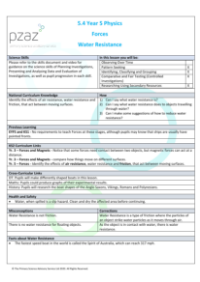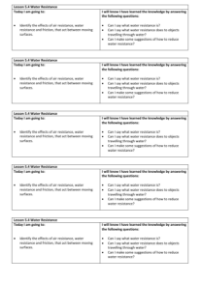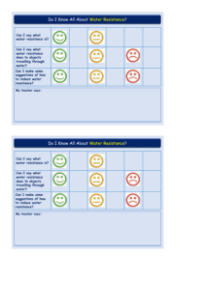Water Resistance - Presentation
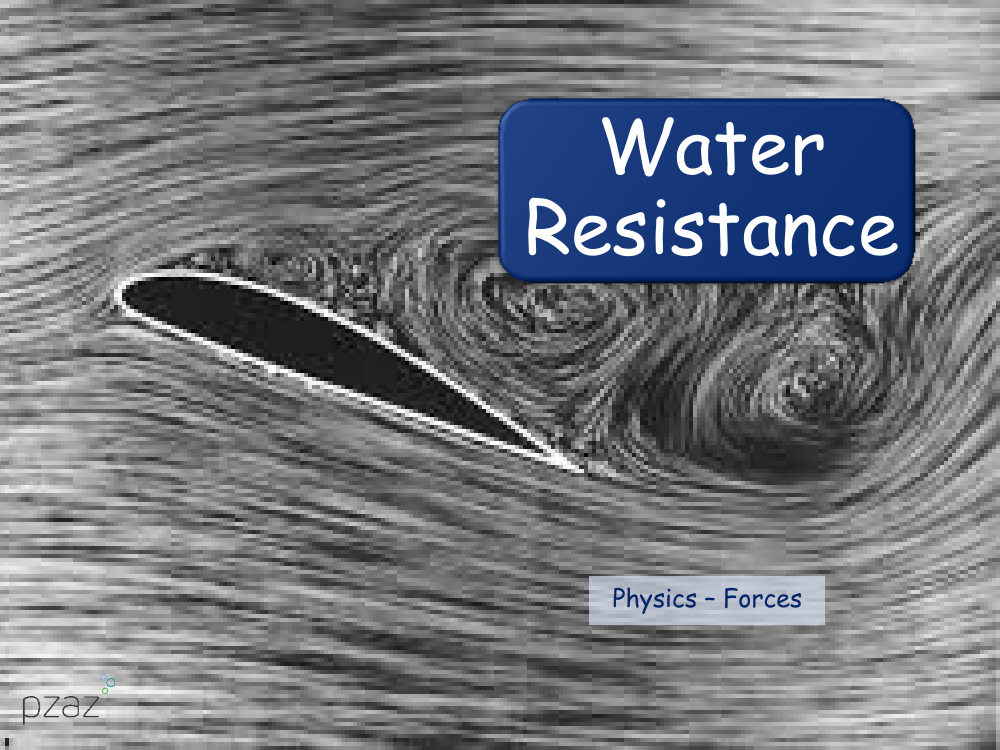
Science Resource Description
In a physics lesson focused on forces, students are posed with the concept of water resistance. The lesson aims to answer three key questions: defining water resistance, understanding its effects on objects moving through water, and exploring ways to reduce it. Through an engaging narrative about a family on a canal boat holiday, students meet Arthur, a seasoned boat builder with centuries of familial experience. His insights lead to a discussion about the evolution of boat materials and the consistent pointed shape of boat fronts. Arthur explains that this design helps to reduce water resistance, which is essentially the drag that slows down a boat as it moves through water. The more water a boat encounters head-on, the greater the resistance and, consequently, the higher the fuel costs.
The lesson continues with practical activities, including making and testing boats to observe water resistance firsthand. Students are encouraged to consider the shape of various watercraft, from ancient Viking boats to modern submarines, and how these designs aim to minimize water resistance. They learn that streamlined or hydrodynamic shapes encounter fewer water particles, thus reducing resistance and allowing for faster movement through water. This concept is reinforced with experiments using force-meters to measure the resistance in Newtons, concluding that the most streamlined shapes require less force to move. By the end of the session, students are expected to articulate what water resistance is, describe its impact on water-bound objects, and suggest design features that could lessen its effect, thereby demonstrating a comprehensive understanding of the topic.

